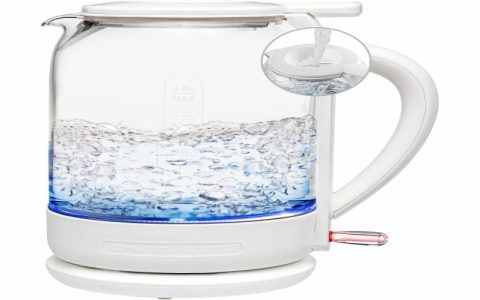Forite: An Overview
Forite is a term increasingly used to describe a distinct group of synthetic crystalline compounds, primarily investigated for their unique electro-optical and thermomechanical properties. These materials are engineered at a molecular level to achieve specific performance characteristics not commonly found in naturally occurring substances.
Key Characteristics of Forite Compounds
While the specific composition of Forite can vary based on its intended application, several common characteristics define this class of materials:
- Engineered Anisotropy: Forite materials are often designed with highly anisotropic structures, leading to directional dependence in their physical properties, such as thermal conductivity or refractive index.
- Exceptional Thermal Stability: Many Forite variants exhibit high thermal stability, maintaining their structural integrity and performance at elevated temperatures.
- Tunable Band Gaps: The electronic band gap of Forite compounds can often be precisely tuned during synthesis, allowing for optimization in semiconductor and photonic applications.
- High Purity and Low Defect Density: Advanced synthesis techniques aim to produce Forite with extremely high purity and minimal crystalline defects, crucial for high-performance applications.
- Specific Mechanical Resilience: Depending on the formulation, Forite can be engineered for either high hardness and rigidity or controlled flexibility and toughness.
Primary Areas of Research and Application
The unique properties of Forite make it a subject of interest in several advanced technology sectors:

- Next-Generation Electronics: Investigated for use in high-frequency transistors, advanced sensor arrays, and energy-efficient lighting (LEDs/OLEDs).
- Photonics and Optics: Explored for applications in optical modulators, non-linear optical devices, and specialized optical fibers due to their tunable refractive indices and light interaction properties.
- Aerospace and Extreme Environments: Their thermal stability and mechanical properties make them candidates for components in aerospace applications and devices operating in harsh conditions.
- Energy Storage and Conversion: Certain Forite structures are being researched for their potential in advanced battery electrolytes or as catalysts in fuel cells.
The field of Forite research is dynamic, with ongoing efforts focused on discovering new compositions, refining synthesis methods, and exploring novel applications. The precise control over material properties at the nanoscale is a hallmark of Forite development.







